When I first embarked on the journey of studying movement under the guidance of Ido Portal, It wasn’t so clear to me what the aim of what I was doing was, but I knew from the beginning there is something in it beyond what can be seen from the first glance. With time I have realized that besides offering a philosophical layout and a different perspective from which to look at life itself, this approach teaches us to create a net of conceptual frameworks that allows the study of anything with intention. It is a dynamic structure that gives me a point of reference when I try to understand something, whether it is a movement skill, a philosophical idea, or a deeper insight. I have talked already about the importance of developing an outline for thinking, but there is a difference between conceptual and theoretical framework models that I would like to talk about in this text.
A conceptual framework is a synthesis of interlinked concepts that provide a comprehensive understanding of a phenomenon. First, this term and the structure it offers appeared in the field of economics, and later got widely spread through other sciences because of its utility. Movement, which serves as an axis for the perspective we use, is too much of a vague concept in itself to be a guideline for directed research. It is a multidisciplinary, cross-cultural, vast field of study that can become overwhelming and confusing if not approached consequently and with intention. As with any complex phenomenon, too much of everything can become nothing if there is no clarity. When we approach something multidisciplinary in its nature, the discipline-oriented theories become the empirical data of the conceptual framework analysis. The more data we collect on every level, the bigger and better connected the rhizome of movement becomes.
A theoretical framework is needed to guide the thinking process, a conceptual framework is essential for empirical study. The latter is based on experience and actionable concepts, it serves to reveal gaps in knowledge that might not be clear from speculation that is any theory at its core. Rather than offering a hypothetical explanation, as do quantitative models, conceptual frameworks provide understanding. For example, we can create a set of assumptions that the human spine can behave in a certain way in certain conditions based on the knowledge of anatomy. Then we denominate possible actionable concepts that have relevance to what we are trying to observe (ex: wave, circle) and within this framework, we can start the research and draw conclusions from the tangible experience. Often we will find out that it isn’t coinciding with our predetermined ideas. The concepts that constitute a conceptual framework should support one another, articulate their respective phenomena and establish a framework-specific philosophy. It then provides no knowledge of “hard facts” but, rather, “soft interpretation of intentions”, lays out the key factors, constructs, or variables, and presumes relationships among them.
Good research requires an objective mind and the capacity to observe. To do it you must be able to view the findings as they are, without favoring one perspective and choosing the data to favor what you imagine things to be. It is not only picking things that might support what you already know but examining the ideas from experience to come to a deeper truth, often revealing that reality has nothing to do with our mental representation of it. Using conceptual frameworks can help us find the bits of data that would otherwise stay hidden and explain patterns of relationships through a set of conceptually specified categories.
A conceptual framework is a structure that serves as a scaffolding for learning. It explains natural progressions and relationships, systemizes the knowledge, helps discover new concepts, interlinks them, and serves as a means for empirical research. Like any structure, it has a process of construction that includes the following steps:
1. Chose the topic based on interest and available resources, and map the data sources
2. Do a review of the literature, relevant experiences, and previously used conceptual frameworks
3. Identify and name concepts you are going to use
4. Identify the important independent (predictor, stimulus) and dependent (response) variables
5. Identify and map the relationships between the variables
6. Draw conclusions and validate the data you have gathered
Conceptual frameworks are flexible models that help us discover gaps in knowledge and understand phenomena rather than predict them. They can be modified as the information we possess about the topic is actualized, so it stays dynamic and open for future expansion. It definitely has its limitations, but using a conceptual framework model when approaching empirical study creates a multidimensional representation of the subject at hand and not a linear, causal relationship structure.

